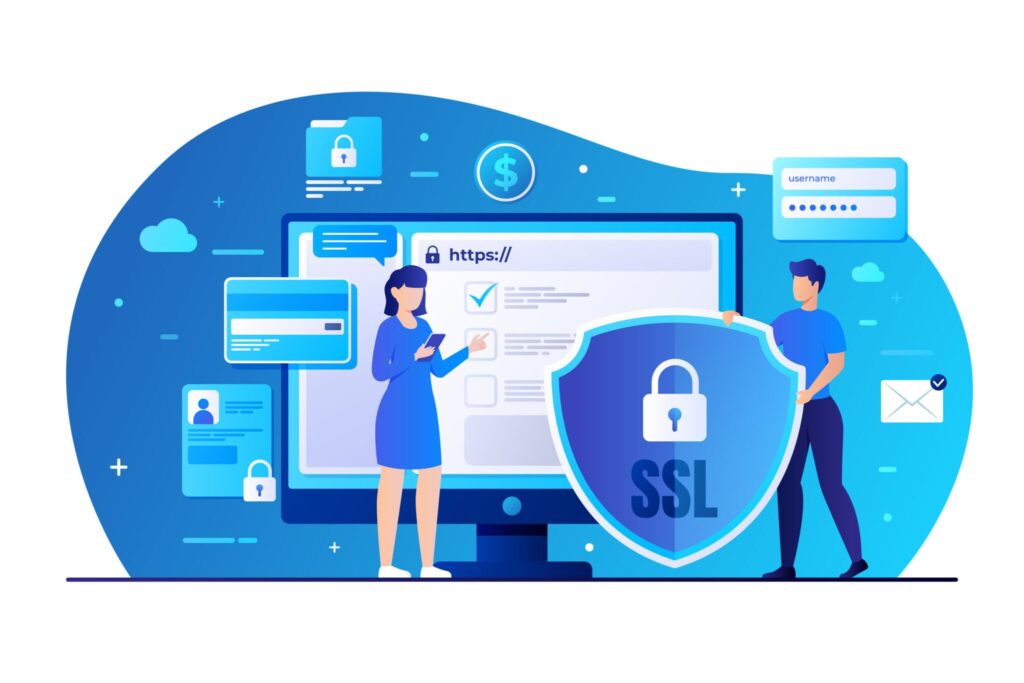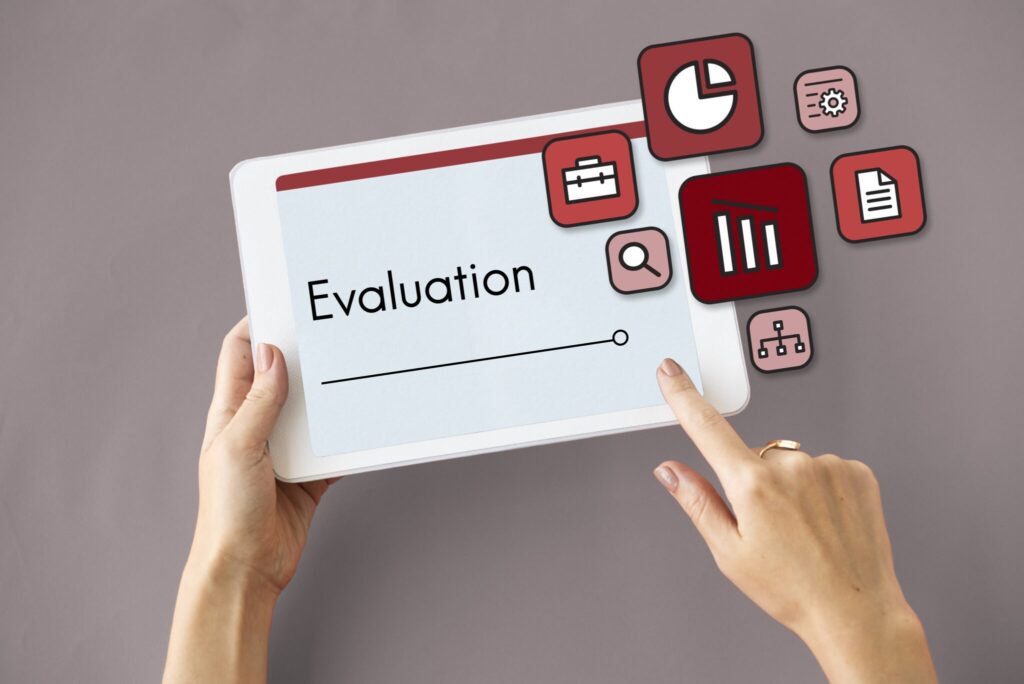You have complete trust in your application (as the owner), correct? That is something that we all do. But, when it comes to your customers, do they feel the same way? It is not easy to gain trust. You must earn the users’ trust by making them feel “really” secure. You need to be really careful when it comes to your application’s security, as committing even a small mistake will give a very bad impression to your customers.
Having more than a decade of extensive experience in custom software development, we at Mallow, consistently urge our potential and existing clients to prioritise the security of their applications, as handling customer data is a sensitive matter.
As an application owner, you must always be on your toes when it comes to keeping your application entirely secured. After going through this article, you will get an overview of how you can validate the security of your Ruby on Rails application and why keeping your application secured is essential.
What is the need to validate the security of my Ruby on Rails application?
Validating the security of your Ruby on Rails application is essential because it helps to ensure that your application is protected against potential security vulnerabilities and attacks.
Some reasons why you should validate the security of your Ruby on Rails application:
1. Reputation
Security breaches can severely damage the reputation of your business. Customers are becoming increasingly aware of the risks of data breaches and are more likely to use services that they trust. Imagine your application’s data getting leaked, and you start losing your customers. That would cost you money and more than money – your company’s goodwill.
2. Cost Savings
Recovering from a security breach can be problematic. This can include the cost of legal fees, damage to reputation, and lost revenue. Validating the security of your Ruby on Rails application’s security regularly can help identify potential vulnerabilities early on, reducing the risk of costly security breaches.
3. Avoid Penalties
When you manage the data of your application’s users, you are responsible for adhering to various regulations throughout the world (for example, GDPR, PCI DSS, and so on). Failing to comply with those regulations will result in heavy penalties.
How do I ensure the security of my Ruby on Rails application?

The level of perfection that can be achieved in a task is primarily determined by the expertise one possesses in that field. Developing applications by abiding all industry-standard security measures is not something every application development company does (but should be doing).
Out of the many best practices and processes that application development companies follow, listed below are the few common ones which will help you ensure the security of your Ruby on Rails application.
1. Data encryption
Here are some methods to verify if data encryption is implemented effectively in your application. Review the application’s configuration and source code to ensure that:
- The data stored in your database is properly encrypted.
- The data stored in the files are also encrypted.
- The data should be encrypted both at rest and in transit. Use protocols like HTTPS to enhance the protection of data during transmission.
Your application employs a strong encryption algorithm to ensure data security.
2. Authentication & Authorisation
To check authentication and authorisation in a Rails application, you can follow these steps:
Authentication
Ensure that users are who they claim to be by implementing authentication. Rails community provides an authentication gem called Devise, which simplifies the process. You can include Devise gem in your application to handle user registration, login, and session management. It provides helper methods to check if a user is authenticated, allowing you to restrict access to certain actions or views.
Authorisation
Once users are authenticated, you need to determine what actions they are authorised to perform. Rails offer a variety of authorisation gems like CanCanCan and Pundit. These libraries allow you to define permissions and roles for different user types. You can specify access rules based on user roles or conditions and then use helper methods to check if a user has the necessary access to perform a particular action.
3. Firewall Configuration
Verify that the firewall rules are properly configured to allow only necessary traffic to and from your application while blocking any unauthorised access. Here are some key points to consider when evaluating the alignment of your firewall settings with best practices.
By implementing port restrictions on the firewall, the network is secured to enable only essential communication channels.
The firewall’s IP restriction enhances security by regulating access based on designated IP addresses.
Firewall’s DoS and DDoS prevention measures safeguard the network by blocking or rate-limiting malicious traffic and preventing service disruption.

4. Storing credentials securely
Using external sources for credentials enhances security, allows for easier management and rotation, and ensures sensitive information remains protected. Instead of hard-coding sensitive information, like passwords or API keys, directly in the codebase, consider utilising environment variables or Rails secrets. This approach prevents the exposure of credentials in version control or code-sharing platforms. Storing credentials in the code poses security risks, especially when multiple developers are involved.Interested in knowing more about securing credentials in your Ruby on Rails application? Check out this blog from Rails guides on Securing Rails applications.
5. Preventing data leaks
To prevent data leaks and ensure the security of your database server, it’s crucial to take specific steps. Start by securing your database server against potential attacks through strong authentication, regular software updates, and applying security patches. Regularly monitor your database for any signs of unauthorised access, data modifications, or suspicious activity.Implement robust input validation and sanitisation techniques to prevent data leaks resulting from unsanitised user inputs. By validating and sanitising user input, you can effectively mitigate the risk of data loss and safeguard the security of your application’s user data, thereby protecting your business’s reputation.
6. Security Testing
SAST (Static Application Security Testing) and DAST (Dynamic Application Security Testing) are two critical components of a comprehensive security testing strategy for any web application, including Ruby on Rails applications. (For example, tools like Brakeman)SAST involves analysing the source code of an application to identify potential security vulnerabilities. DAST involves testing the application in a live environment to detect vulnerabilities that may not be apparent from analysing the source code.By utilising both SAST and DAST techniques, you can identify and remediate security issues before they become exploited by attackers. This not only helps you to ensure the security of the application and the data it processes but also to maintain the trust of users who depend on the application.
7. Data Backup and Disaster Recovery
To ensure data integrity and availability, it is essential to implement a robust data backup strategy. Regularly and securely backing up your application data is crucial. Hosting services like AWS provide backup facilities, making it easier to establish a reliable backup system. Additionally, it’s vital to have a well-defined disaster recovery plan in place. This plan should outline the steps to recover data in the event of a breach or data loss. By combining a solid backup strategy with a comprehensive disaster recovery plan, you can safeguard your application’s data and minimise the impact of potential incidents.
8. Rate Limiting
Preventing an excessive influx of requests, whether from bots or other means, is crucial to avoid application crashes. Denial-of-service (DoS) attacks can overload and render applications unresponsive. These attacks include botnet attacks, distributed denial-of-service (DDoS) attacks, and resource-intensive attacks. If successful, a DoS attack can result in prolonged downtime, financial losses, reputational damage, and loss of user trust. To defend against such attacks, employing security measures like using plugins such as Rack attack is essential. These plugins offer features like rate limiting, IP blocking, and request throttling to identify and mitigate suspicious or excessive requests, safeguarding applications from potential DoS attacks.Interested in knowing more about Rate limiting? Check out this article from Nginx on Rate limiting.
9. Auditing the plugins used in the application
Auditing the plugins used in an application can help to identify vulnerabilities, verify security practices, remove malicious code, ensure compatibility with other plugins, and ensure compliance with industry standards and regulations.By reviewing the plugin’s source code, security professionals can identify any potential security issues and take steps to address them. They can also check the security controls implemented in the code, ensuring they are adequate and effective in protecting against potential threats. You can also use tools like Snyk, bundler-audit etc., with the help of which you get to know the presence of vulnerable libraries present and suggest patches to apply.
How did your evaluation go?

After going through the above details, you will have an idea of where your application stands in terms of security. Well, this is the point where the paths divide.
Fortunately, if it turns out that your application’s security is up to industry standards and there is nothing sort of warning from the reports you might have received after reviewing your application using the above-suggested tools, good work! Seems you have already built your application abiding by the industry standards.
But,
If the evaluation and reports from various tools indicate that your application does not meet the required security standards, it is important to take the following steps to ensure its security.
1.
Implement secure authentication and authorisation.
2.
Protect against SQL injection
3.
Sanitise user input
4.
Implement secure session management
5.
Implement secure data handling
6.
Implement proper security headers
7.
Identify the vulnerabilities and address them
8.
Enable logging and monitoring
9.
Regularly update and apply patches
10.
Conduct regular security assessments
Keep in mind that there is never a case where an application is claimed to be 100% secure. Technologies evolve, and day after day, application owners should concentrate on doing their best to maintain their application’s security. Above mentioned security measures are something that you need to take care of while building your Ruby on Rails application and also post-building it.
Interested in knowing more about the role of code quality in your Ruby on Rails application? Check out our blog covering why is it important to validate the code quality of a Ruby on Rails project.
Still need some more clarifications or feel like we could help you with auditing how secured your Ruby on Rails application is? Feel free to Reach out to our team.
Your queries, our answers
No, Ruby on Rails is not a dying language. While newer frameworks have emerged, Ruby on Rails continues to be widely used, particularly for web applications that require rapid development and scalability. The community around Ruby on Rails remains active, and the framework is regularly updated with new features and security improvements. Check out here to know if Ruby on Rails is still relevant in 2025 and explore its current state and future prospects.
Mallow prioritizes security in every stage of development. We implement best practices like data encryption, secure authentication methods, and regular security audits. Ruby on Rails also has built-in security features, such as protection against SQL injection and cross-site scripting, which we utilize to safeguard your application.
The cost of building a Ruby on Rails application varies depending on the project's complexity, features, and scope. For a basic MVP, the cost ranges from $20,000 to $40,000 for a web app. For more complex applications, the cost can be significantly higher. We provide a detailed and transparent cost breakdown tailored to your specific requirements. Check out here to find out how much building a Ruby on Rails project with Mallow costs.
Yes, Mallow can integrate various third-party services, such as payment gateways, APIs, and external databases, into your Ruby on Rails application. Our team ensures seamless integration to enhance the functionality and user experience of your application.
Yes, we can align our working hours with your time zone to facilitate effective communication throughout the development process. Check out here to know how to handle the timezone difference.
Mallow offers the following outsourcing models: Project-based outsourcing, Staff augmentation, & Dedicated development team (DDT)
Ruby on Rails is a versatile framework that can be adapted to a wide range of projects. It excels in rapid development, making it suitable for startups, MVPs, and complex web applications. Whether you're building a large-scale e-commerce platform or a custom content management system, Ruby on Rails provides the flexibility and efficiency needed to support your project.
Mallow's development team is experienced in designing and implementing scalable Ruby on Rails applications. We use a combination of efficient code architecture, database optimization, and cloud infrastructure to ensure your application can scale to meet growing user demands without compromising performance.
The development timeline varies depending on the complexity and scope of the project. For a basic MVP, it might take around 3 to 6 months. More complex applications with advanced features could take longer. We work closely with you to establish a realistic timeline and keep you informed throughout the development process.
At Mallow, we emphasize thorough testing and quality assurance to ensure the reliability and performance of your Ruby on Rails application. Our QA team conducts various tests, including unit testing, integration testing, and end-to-end testing, to identify and fix issues before deployment.
No, we don’t provide off-the-shelf products. We are custom software solution providers who tailor applications in a customized way as you desire. However, we can create personalized applications tailored to your unique needs, providing you with a fully customized experience when using the application.
Yes, you can hire a dedicated Ruby on Rails developer or a team of developers from Mallow. This allows you to have a dedicated resource working exclusively on your project, providing more control and flexibility over the development process. Check out our article on the top 9 things to consider as you plan to hire a Ruby on Rails developer for more insights.
Author
Surender
Surender is a seasoned technical lead at Mallow, bringing with him a wealth of experience in the field of project development spanning multiple domains. With a remarkable track record of successfully delivering projects and satisfying clients across the globe, Surender has established himself as a reliable and innovative professional. Throughout his career, Surender has honed his skills in various aspects of project management, software architecture, and technical leadership. Beyond his professional accomplishments, Surender finds immense joy in his role as a father. He embraces the journey of learning to become a father. His dedication to learning and personal growth extends beyond his career, as he continuously seeks new knowledge and skills to enhance his abilities as a technical leader.



